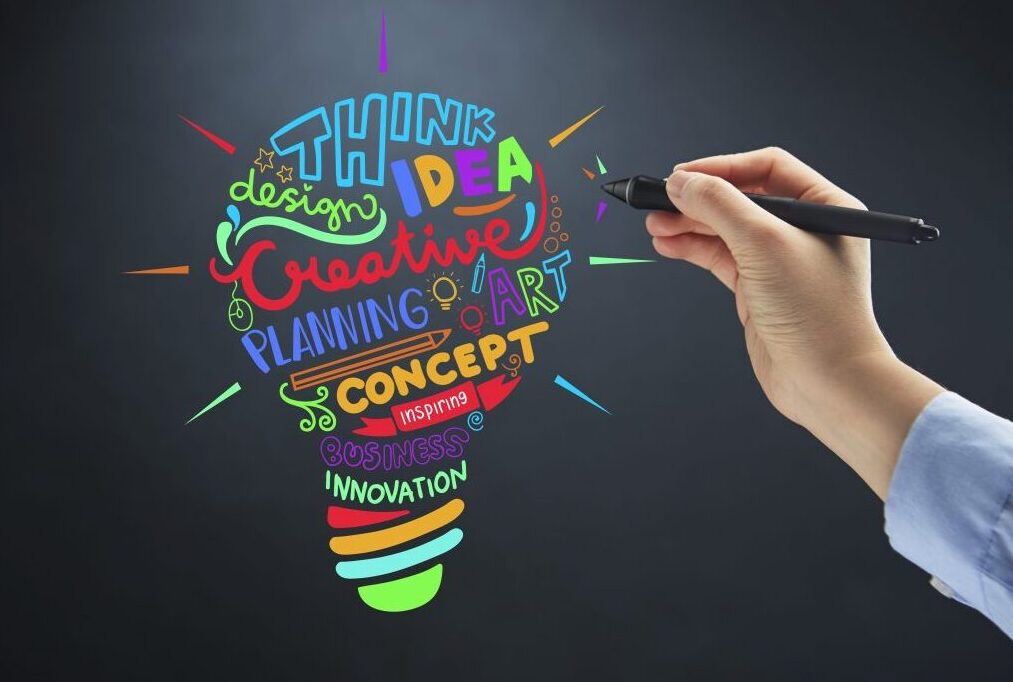Graphic design is an essential aspect of modern visual communication, and having the right tools can make a significant difference in the quality and efficiency of your work. Whether you’re a beginner or an experienced designer, knowing the top graphic design tools can enhance your creativity and productivity. Here are some of the most popular and powerful graphic design tools you should know about:
1. Adobe Photoshop
Overview
Adobe Photoshop is a versatile and powerful tool used for photo editing, digital painting, and graphic design. It’s widely considered the industry standard for raster graphics.
Key Features
- Advanced editing tools: Layers, masks, and filters.
- Extensive brush library: Customizable brushes for digital painting.
- Photo retouching: Tools for correcting and enhancing photos.
Best For
Photo editing, digital painting, and creating detailed raster graphics.
2. Adobe Illustrator
Overview
Adobe Illustrator is the go-to tool for creating vector graphics. It’s perfect for logos, icons, illustrations, and any design that requires scaling without loss of quality.
Key Features
- Vector-based drawing tools: Pen tool, shapes, and paths.
- Scalability: Create designs that can be resized without losing quality.
- Integration: Seamlessly integrates with other Adobe Creative Cloud apps.
Best For
Creating scalable vector graphics, logos, and illustrations.
3. Sketch
Overview
Sketch is a vector graphics editor primarily used for user interface and user experience (UI/UX) design. It’s popular among web and mobile app designers.
Key Features
- Symbols and styles: Reusable elements and consistent styling.
- Prototyping: Create interactive prototypes to visualize user flow.
- Collaboration: Cloud-based sharing and collaboration tools.
Best For
UI/UX design for web and mobile applications.
4. Canva
Overview
Canva is a web-based graphic design tool that is user-friendly and accessible to beginners. It offers a wide range of templates and design elements.
Key Features
- Templates: Pre-made designs for various purposes (social media, presentations, posters).
- Drag-and-drop interface: Easy to use without advanced design skills.
- Collaborative features: Team collaboration and sharing.
Best For
Quick and easy creation of social media graphics, presentations, and marketing materials.
5. Inkscape
Overview
Inkscape is a free and open-source vector graphics editor, similar to Adobe Illustrator. It’s a great option for those on a budget.
Key Features
- Vector graphics tools: Paths, shapes, text, and more.
- Customization: Extensive customization options and extensions.
- Community support: Active community for help and resources.
Best For
Creating vector graphics on a budget.
6. Affinity Designer
Overview
Affinity Designer is a professional graphic design software that’s a strong competitor to Adobe Illustrator. It’s known for its speed and precision.
Key Features
- Vector and raster design: Work with both types of graphics seamlessly.
- Performance: Fast and responsive, even with large files.
- One-time purchase: No subscription required.
Best For
Professional vector and raster design with a one-time purchase cost.
Choosing the right graphic design tool depends on your specific needs and budget. Adobe Photoshop and Illustrator are industry standards, but other tools like Sketch, Canva, Inkscape, and Affinity Designer offer unique features that may better suit your workflow. Explore these tools to find the best fit for your design projects and enhance your creative capabilities.
